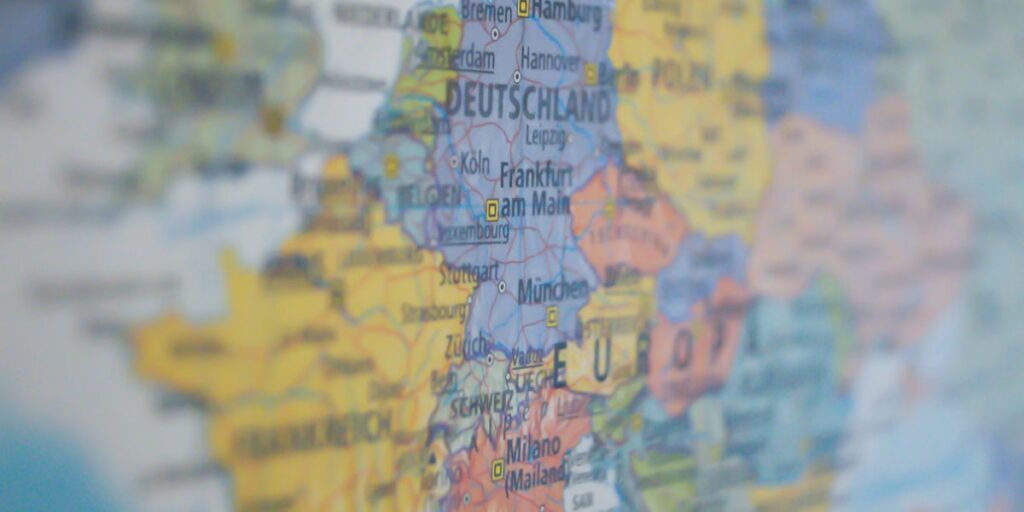
Looking for the best bug out locations in Europe? Bugging out in Europe is different from bugging out in the United States, by sheer virtue of available land outside of population centers. Preppers in the States, are the envy of many preppers worldwide. Drive a few hours and you’re in the middle of nowhere. Not so in Europe.
We write to a largely American audience, but perhaps you are looking to move abroad, or are simply curious about what bugging out in Europe might look like. This article is for you. I will detail some European spots that are likely to satisfy, when the SHTF and it’s time to go mobile.
One might imagine that in Europe, it would be possible to simply replicate American habits in terms of prepping-related purchases, mindset, and calls to action. But don’t jump the gun. American customs may be quite impossible to follow across the pond. In some cases, even illegal.
The differences between bug out locations in Europe versus America can be boiled down to three main areas:
- geographical features
- population
- availability of resources
Here I will discuss how various features of Europe influence the mentality and available choices for preppers on the Old Continent and bring to your attention some of the best bugging-out spots in Great Britain and the Eurozone.

Challenges of Bugging Out in Europe
Metropolitan Overgrowth
To put it simply, towns and cities in Europe are not very far from each other. Populations are dense. There are just too many people living in European countries to allow for much of a rural landscape. Some would use the word overpopulation.
Even in mountainous regions, above 13,000 feet, towns and villages are nearly interlaced at their borders. It can be very difficult to find a location that offers acreage for tilling, game for hunting, and a water supply for survival fishing, drinking, and bathing. As I mentioned above, if you drive too far out of town, you’re likely to find yourself in another town, and not a wild region.
Matters of Legislation
Any real prepper values his or her firearm(s). But in Europe, laws around the ownership of weapons are much more strict than in the U.S., and they vary from country to country. In some areas, even a pocket knife goes against legislated mandates on weapon ownership. Compare that to knife laws in the 50 states.
In Italy, for example, you are allowed only to carry a blade inside a backpack or other luggage, and only when it’s in the back seat or trunk of your car. Not exactly at very easy reach, should circumstances require an armed response. And certainly not a 9mm at your side.
And even honest hunting in Europe is limited to authorized reserves. If you don’t have the appropriate license and meet compliance standards, you aren’t even allowed to set foot on relegated areas.
Stockpiling Food
Expiration dates in Europe are limited to a short period of time since food-related legislation is very strict. For example, preservatives have been banned since 1970. This can put a dent in any plan to stock up on non-perishables.
Those who have land are lucky. In such a case, you could dedicate yourself to farming and stockpiling your crops as dry foods, taking advantage of your knowledge of seeding, sowing, and harvesting.
But make sure you’re far from city centers. In Europe, urban pollution is a serious consideration when it comes to farming or even collecting wild edibles. It’s impossible to get very far away from the industry of cities in Europe, but there are a few spots left that make good bug-out locations, as we’ll see below.
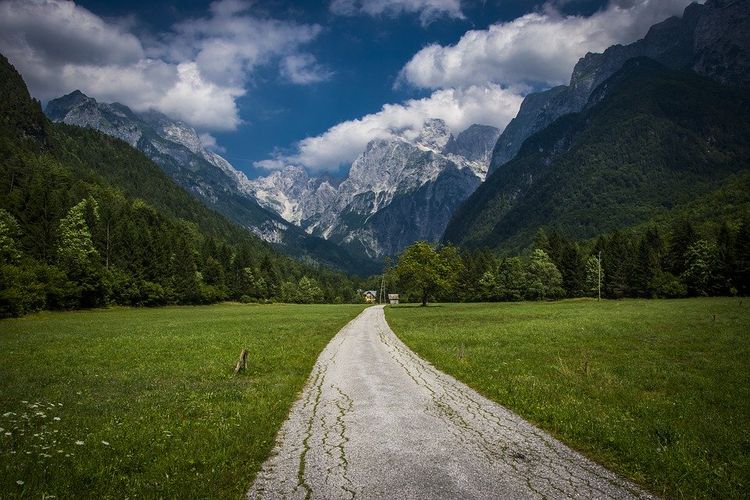
9 Best Places to Bug Out in Europe
Get your family together, review your survival skills, and set your sights on a location that has these four benefits:
You want to take advantage of places that are:
- secluded
- resource-rich
- convenient
- sheltered
This goes without mentioning some of your other concerns, like distance from nuclear facilities and power stations, or other likely targets for possible terrorist attack. Like most preppers, you want to find land that is as close to its natural state as possible, while still retaining the benefits of any surviving portion of society, post-collapse.
Full disclosure: at first when I was planning this article I was going to speculate on locations I’d never been to, but I decided that was a little disingenuous. Luckily, in my capacity as a tracker, I’ve had occasion to visit in person some very sweet spots for bugging out. Fellow SHTF Blog writer Emeline Bulut also writes from Europe, so see her articles as well.
For this reason I decided to go with the real thing, speaking about locations I really got familiar with in my travels: the idea is, “Let’s keep it real.”
My ratings from one to 9 are based on the following criteria:
- position
- natural elements of shelter
- natural resources
- ease of raising livestock
- ease of growing food
#1 – Stara Fužina, Slovenia
Located in the Northwest of Slovenia, this small settlement (population around 570) protected by the Alps is a real paradise of resources: acres of beech forests, pines, and junipers, and a nice expansive prairie which overlooks the crystalline Bohinj Lake.
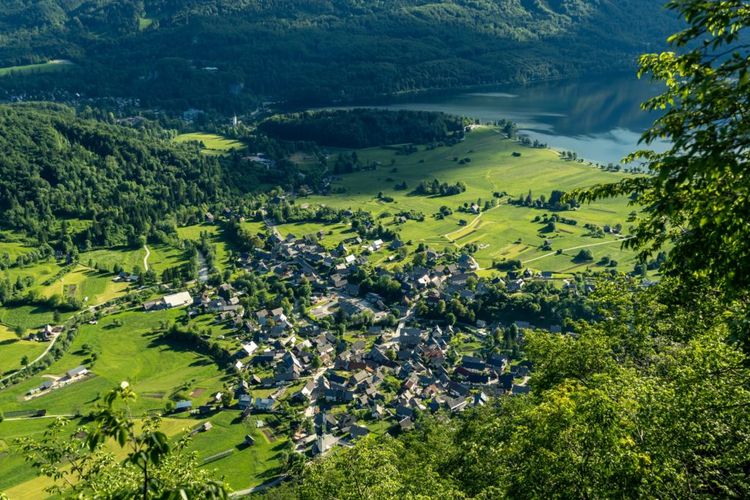
#2 – Giswil, Switzerland
In the core of the Kantons Obdwalden, this town of 3,600 inhabitants would be a prime choice in the case you would have to bug out: a peaceful settlement, not too far away from Sarnen Lake and the city of Luzern as well, it offers a sustainable way of life which has always focused on farming and livestock.

#3 – Telč, Czech Republic
Known as “the Venice of Czech Republic,” this small, lovely town is in Jihlava District, the Southern Vysočina Region of the Czech Republic.
Founded back in 1099, Telč has always been connected to the presence of various small lakes which contribute to the area’s fertility. Add to this the existence of two large backwoods areas (northwestern and southeastern) and you get a bonus when it comes the necessity of dense forest.
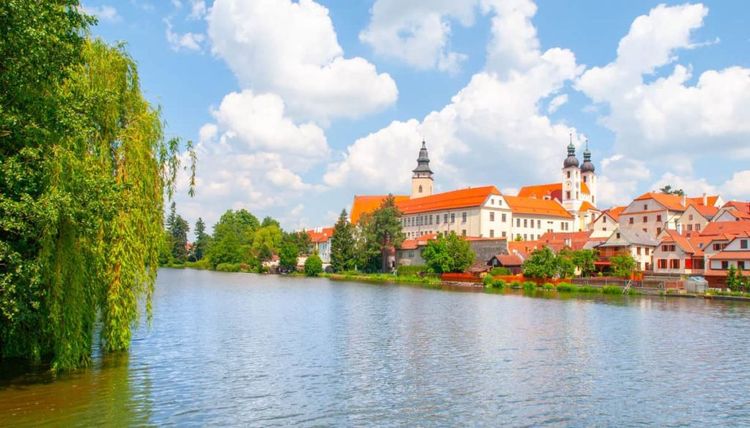
#4 – Weiler bei Monzingen, Germany
Sweet praires, medieval roots, abundance of rivers and majestic forests (and consequentially, abundance of game): Weiler bei Monzingen, located in the North of Germany, has all the requirements when it comes to resources. Temperatures are mild, making the winter bearable, to which the presence of grapevines can attest.
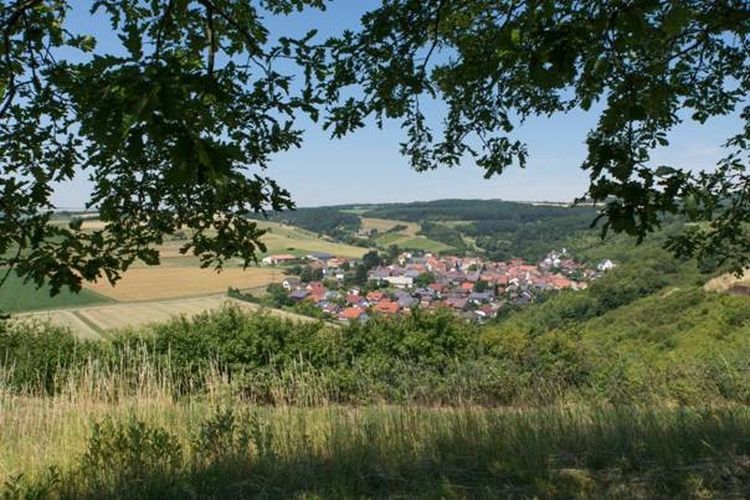
#5 – Sauris, Italy
Like a gem set in the heart of Dolomiti Friulane, this small village still exists in the shadow of Austrian domination. If you like chalets, freezing air, and the natural shelter of high mountains, this is the right place to bug out. Forests of tall pines and steep slopes provide a natural means of sustenance.
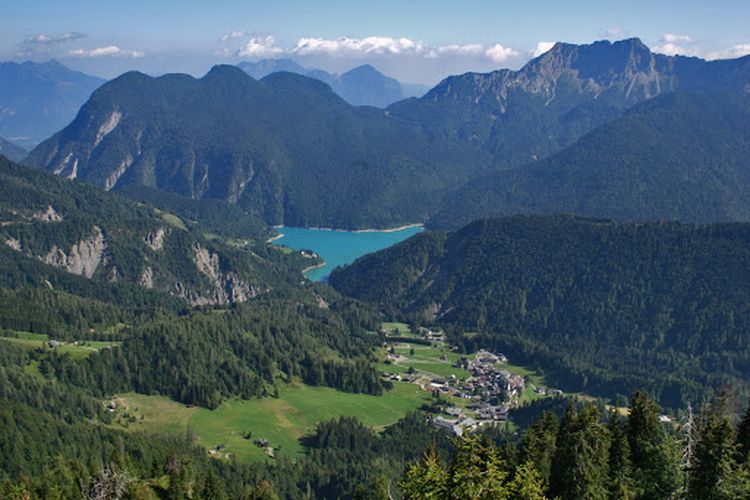
#6 – Sachsenburg, Austria
Located in the south of Austria, Sachensburg overlooks the Drau River in Carinthia, and appearances confirm what this location is: a safe place to start building your bug out plan. The neighboring countries (Italy and Slovenia) are easily reachable in less than an hour, through dense and rich forests of pines.
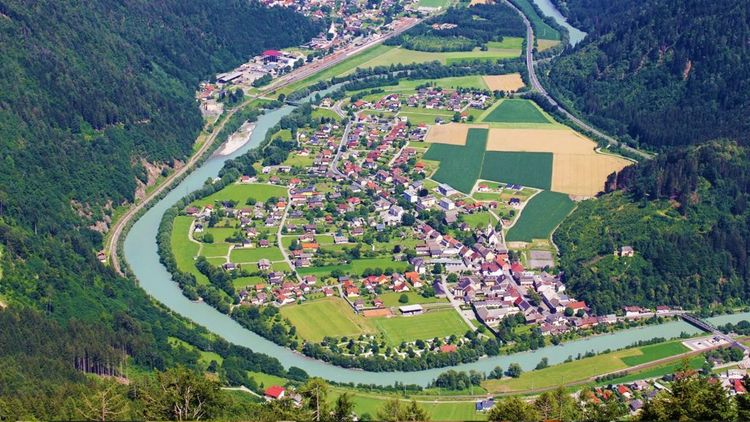
#7 – Dolsk, Poland
Capital of the Greater Poland Voivodeship (in the western area of the state), Dolsk mostly consists of an abundance of extended, fertile fields and thick forests.
The presence of two big lakes, Dolskie Wielkie and Dolskie Małe, is also a main benefit of this town. But the constant presence of mosquitoes (very common in such areas) may be considered a drawback.

#8 – Bazsi, Hungary
A village in the Veszprém county with a population of 430, Bazsi has a lot in common with Dolsk. The Veszprém county is one of the most attractive in all of Hungary, boasting the presence of the Bakony hills and the northern shore of Lake Balaton.
Plantation and farming have been a means of success for a lot of German people who have relocated here in recent years.
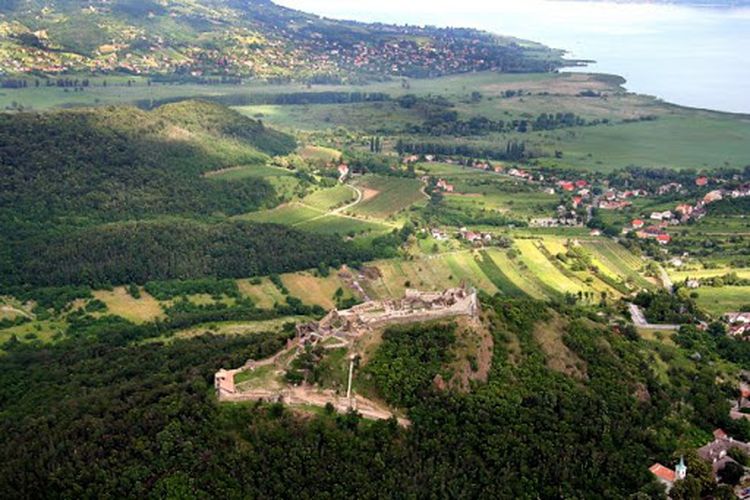
#9 – Aínsa-Sobrarbe, Spain
Close to the majestic Pyrenees and located in the province of Huesca, Aragon, this rural town of around 2,200 inhabitants is perched on a hill protected by the natural shield of the high peaks. The surrounding area is not exactly a fertile one, but you can still make a living out of it by hunting game. Cultivation is possible in some sparsely occurring fielded areas.
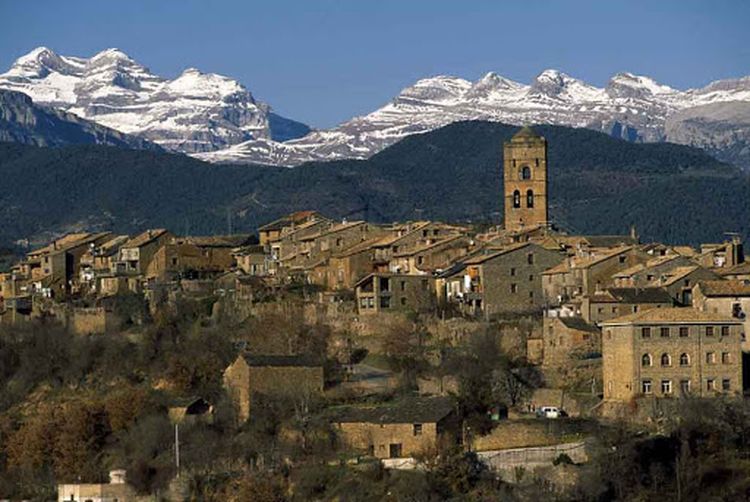
#10 – Albertville, France
Albertville is located in the Savoie area of the Auvergne-Rhône-Alpe region in southeastern France. Founded in 1836 as a mill town close to the confluence of the Arly and Isère rivers, Albertville is a safe spot. It was host to the Olympic games back in 1992 but is mostly an industrial center. It can seem overdeveloped if you are looking for something more rural and secluded, but outside the borders of town you can still find some good spots in which to bug out safely.
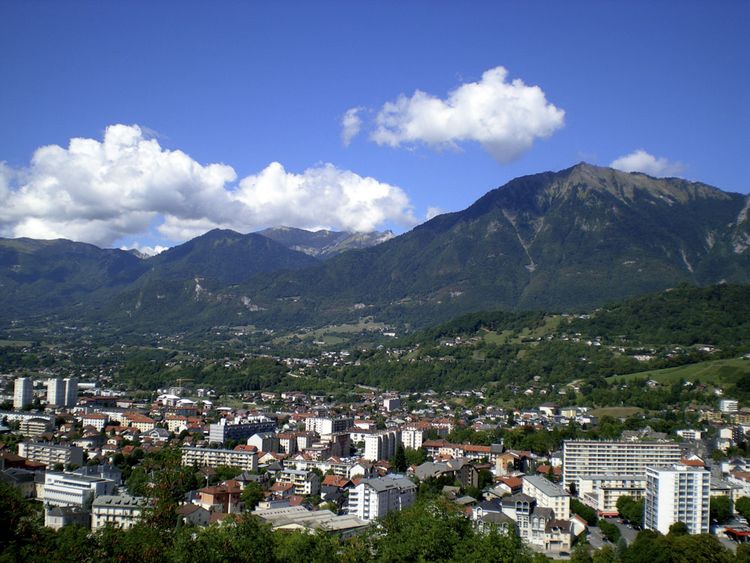
European Bug Out Parting Thoughts
Bugging out is more than a matter of picking up and relocating. It pays to do some research and investigation about a place well before you bug out there. This accumulation of knowledge may well include historical records of such things as flash floods, seismic events, and other extreme circumstances that might remove a possible location from your list. Make your decision only after you consider the worst-case scenarios unique to each spot.
Falling in love with a postcard picture is always a thing to avoid. To the contrary, there nothing like living in a place for a considerable amount of time (during all seasons of the year) to provide you with all the necessary experience and information to make a decision.
The list above is a personal one for me, and one that comes only after a host of first-hand experiences, considerations, and expectations. Visiting all these places in my capacity as a Tracking Instructor and viewing everything through a prepper lens, I’ve developed a standard set of crucial questions:
- Is this place a safe one?
- Does the location represent a benefit?
- Is the area good for farming?
- Are the backwoods a reliable resource?
And so on.
One last thought about European cities. I recall that in my twenties, I fell in love with the city of Berlin. Well, who doesn’t? It’s surely a fascinating capital, and at that time was pretty active in terms of artistic and cultural movements.
But a bug-out situation requires total honesty with oneself, meaning that unfortunately, art is not a key factor when it comes to finding and choosing a location to bug out to.
A secluded place with renewable resources and natural shelter offered by hills and mountains, surely is preferable to a city of millions.

4 comments
All wrong. Anybody can see that author has never lived in Europe. Btw, all you have to do, is travel to Finland, say magic word “refugee”, and what happens? State gives you free life! And this IS true, Finns are so big idiots that they do not do good background check and anybody can say “I am just 17 year old, but have not papers to prove it” and what happens…? You are welcome. Their interior minister, Maria Ohisalo told that everybody in the world has right to come Finland as refugee and we must pay their living (sic!) Do not take just my word, read www.Intermin.fi
Borje, I am so sorry to disappoint you but I lived and travelled in all Europe ALL MY LIFE and still I do.
Plus, in my piece I covered several locations, not just Finland. About that, I kindly trust your words. Peace. Have a good day.
aLBERTVILLE? Certainly not a remote or quiet place. Polluted like the area because surrounded by mountains and industries + the passage for skiers all season long…
Empty areas in France are in the center of the country, not in alpine regions.
Same with Switzerland, not a place to escape unless you’re a millionaire…
Center of France has major problems, like the presence of nuclear power plants. And I mean, several.
Sorry but between pollution and any SHTF associated with Nuclear power I go for the first.
Switzerland is good for bunkers, especially on the Mountains. That’s a top notch.
Thanks for stopping by, John. Have a good day.